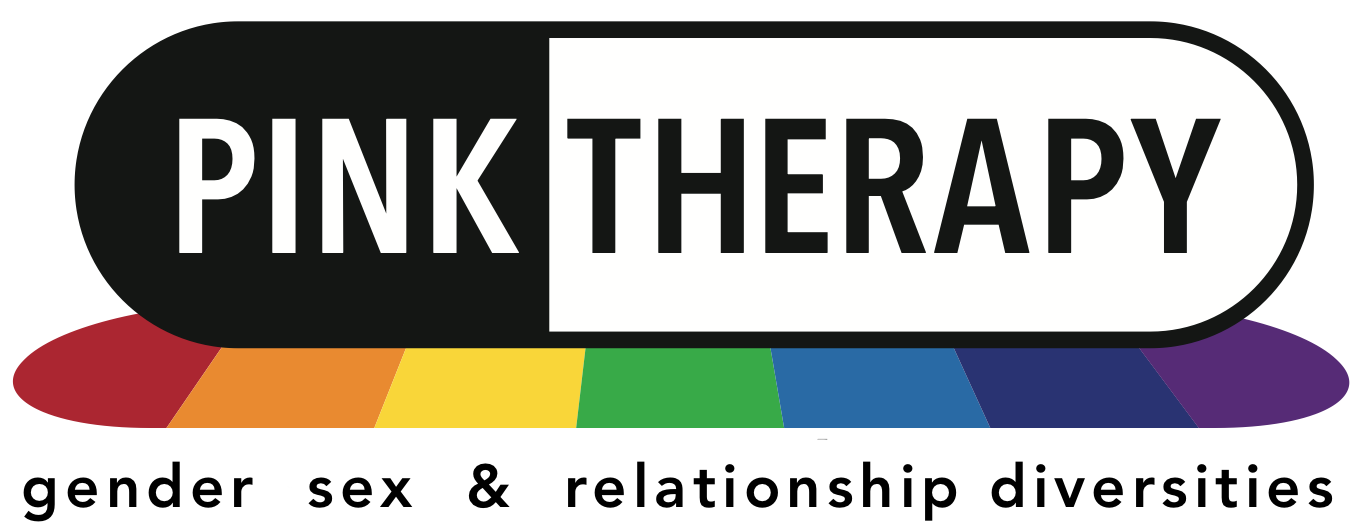Our work as therapists can at times be about helping our clients discover, explore and express their needs. Like the need to be loved, supported or understood for instance. And so, we stay in the moment, with what it means to have needs and to acknowledge their authenticity and realness.
When it comes to sexual needs, how can we stay with the authenticity and realness of what the client brings? Indeed have we confronted our shadows around sex, or do we jump into trying to determine what makes sexual needs appropriate, moral, pathological… Have we found the special ruler to measure a piece of string? Who can establish that one’s sexual needs are problematic but the person themselves (sometime after long exploration).
Yet hypothesis or “diagnosis” of sexual addiction are becoming main stream and money earners for some ‘specialists’. Whilst diagnosis of hypo sexual desire disorder are undermining and patronise the asexual population. How helpful or accurate are these formulations?
Looking at couples, infallibly their own level of sexual desire will differ and may vary with time. Which one has the right level? The one who wants more sex or the one who wants less? ‘Sex specialists’ state that a six months period with no sexual activity is problematic. Peer pressure to have sex is also rife, specially within sexual minorities where a sense of identity and belonging is often built upon ‘sexual identity’.
So we are trapped between a cock-measuring attitude (who has the most of it) and a normative approach (average, statistics and research).
How can we affirm our clients authentic sexual needs, whether they’d rather hold hand and cuddle their partner in front of the TV with a nice slice of cake or have fun in sex clubs and saunas twice a week?
Dominic Davies and TIm Foskett explore the misconception of sexual addiction in Gay and Bisexual men in their training day “I am too sexy” (16 November 2013) whilst on the following day I will explore our understanding of low sexual activity and desire across sexual preferences on a day called “Asexualities: intimacy and desire” (17 November 2013).
So why don’t you join us in this learning, get your rulers out and break them.
Olivier Cormier-Otaño MBACP Accred, AASDT
Clinical Associate
